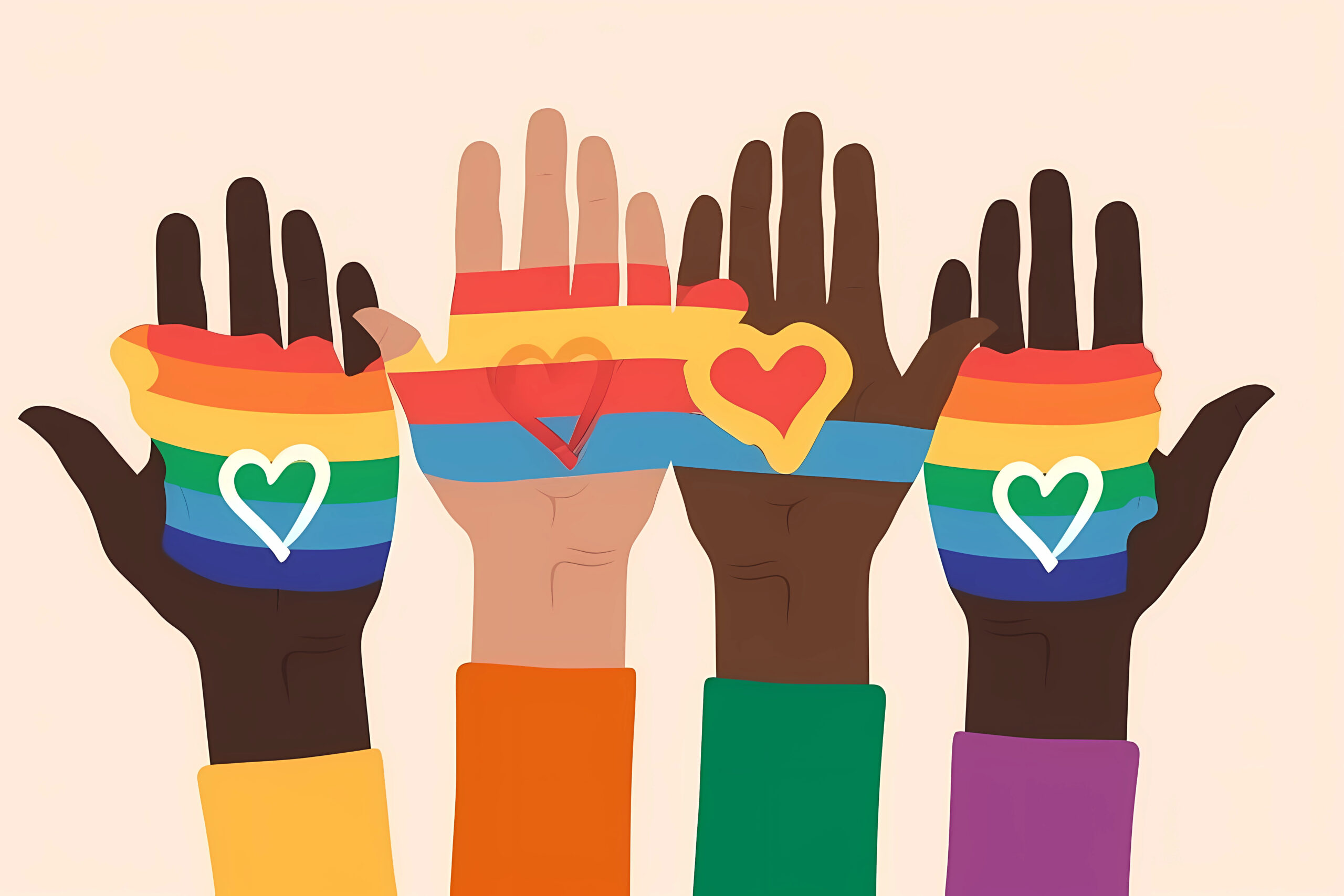As a twenty-don’t worry about it-year old, I was not above grumbling about Generation Z, with their TikTok videos, seemingly missing awkward phases, and “know it all” aggressive personalities. Having spent the last two years working with college students, I admit it. I was wrong.
This generation is fiercely passionate, incredibly savvy, shockingly mature, and fired up to make a difference. I have worked with students who, at 21 years old, knew they wanted to create more equitable access to public parks or wanted to research the impact of trauma on incarcerated populations. They have written books, founded nonprofits, raised tens of thousands of dollars for causes they care about. Importantly, this is also the most diverse workforce we have ever seen in America.
In 2020, it’s estimated that up to 4.4 million Gen Zers will replace 3.6 million retiring baby boomers — the least diverse sector of the labor force. If you want to build a more diverse industry, the most effective way to do so is starting at the bottom of your organization.
Our traditional corporate mindset has been to use a “top down” approach to building these values into a company culture. We have seen a rise in hiring Chief Diversity Officers or bringing more women and BIPOC professionals to board meetings. These are highly visible roles, and certainly an important step in moving towards creating more diverse industries. But they can often just be a signalling tactic, rather than a step towards deeper change. There is a lot of evidence to suggest that CDOs in particular are not set up to succeed, because they are not provided the resources needed to take on what is usually an unreasonable set of expectations. Essentially, these leaders are tasked with the sole responsibility of dismantling what may be a decades-old company culture of racism, sexism, ableism, white supremacy, and more.
When it comes to efficiently and meaningfully bringing a change to ANY industry, the key is not just in hiring leaders from underrepresented communities or with ‘nontraditional’ backgrounds. Creating a long-lasting and sustained culture change within industries that have been historically homogeneous or have struggled to see true reform requires playing the long game. There is no overnight fix here, but there is a clear investment that few organizations are currently making: recruiting, training, and supporting young and diverse entry-level employees.
Let’s walk through the funnel of recruiting to retaining. There are several key considerations in creating a process that is effective and responsive to the values of this generation:
Recruitment
Start by taking a hard look at where you currently recruit and the kinds of applications you source. For example, in the last two years, we’ve learned that many students from underrepresented communities don’t feel comfortable going to typical recruiting events or using career centers. It’s important to dig deeper into why you may not be attracting a more diverse candidate pool, and be willing to invest in new and creative ways to connect. It may be easiest to just throw a job posting out to your existing network or channels, and wait for a few safe choices to come in. However, diversifying your talent pipeline requires significant effort to reach beyond your or your leadership team’s circles. We spend hours researching institutions, administrators, professors, and student leaders so we can reach out to beyond our immediate network. We also find that scheduling one-on-one (virtual) coffee chats with students, building rapport and trust even before an application is filled out, is an incredibly valuable time commitment.
Hiring
What do you consider a “promising” candidate? Is it the college they went to? Their GPA? If they have relevant work experience? The more applications we read and more students we work with, the more we have realized that these markers tell an incomplete story of what someone can bring to the table. For example, there is a lot of literature around the discomfort and insecurity first-generation college students experience on campuses, which may lead to lower GPAs or fewer industry-related internships. So what if we eliminated requiring GPAs as part of the hiring process? We need to toss out our old measuring sticks for success, and create a more holistic approach to evaluating potential hires. We already have seen a rise in soft skills proficiency in professional success; identifying candidates with the lived experience and the emotional intelligence to thrive at your organization is an important way to strengthen the team overall.
Onboarding
All I’ll say here is pay your employees more. Particularly if you are committed to diversity. There is a disconnect in the narrative between investing in DEI training, seminars, speakers and investing in your existing talent,making sure they are being paid a fair salary. Be cognizant of the types of financial hurdles a young person faces as they start their careers. They may need assistance with moving costs, transportation for interviews, or a bonus to cover the typical “first and last month rent” deposit required when you get an apartment for the first time.
Black men get paid $0.87 for every $1.00 that white men do. Black women get paid $0.63 for every $1.00 that white men do. It is one of the few problems that can actually be solved by throwing money at it!
Supporting
Two years ago, there was a lot of online water cooler chatter about Google being unable to retain Black and Latinx employees. We know that it’s not enough to just bring more diverse talent in, but to create internal systems to ensure that they are comfortable, respected, and thriving. By bringing in more young people who may be ‘fresh’ and require more training, you actually invest in creating an organic sub-culture of support and shared experience that, over time, will go mainstream as they rise up the ranks.
There is also a need to invest in training managers to be more conscientious mentors and colleagues to employees who may have backgrounds or lived experiences that are unfamiliar, so that they understand how to best listen and support accordingly. Bringing in outside coaches who specialize in these topics is a meaningful investment, and can help bring in a fresh approach that fills your potential blind spots.
There are also seemingly innocuous practices in how organizations and offices are run day-to-day that can leave BIPOC staff feeling particularly alienated or uncomfortable. We’ve created company cultures that are built on white culture; when someone’s working- or interpersonal-styles seemingly conflict with those (e.g. how they wear their hair, their collaboration strategy, their daily written communication style), we deem it “unprofessional.” However, it is often the case that as you introduce more diverse thought, practice, and ideas into your organization, you haven’t created the internal infrastructure to slow down and allow those to settle in and flourish. This piece highlights some ways that we perpetuate white supremacy in the workplace, and how to to actively dismantle those patterns.
Finally, provide your employees with much clearer and more robust tools to take on situations when they may experience microaggressions or overt racism. Remember, we are talking about people who are entering the workforce for the first time and may not have any external support system. They need to know exactly what steps to take to report toxic behavior, and trust that there are processes in place to protect them.
About the author.
Mariam Matin is one of the co-founders of Second Day, an organization dismantling inequitable talent pipelines into social impact through their Impact Fellowship program. She started her career in New York doing brand marketing at digital advertising agency Undertone and then transitioned to product marketing for the Digital Payments team at Chase. She also is a certified User Experience designer, and continues to take a data-driven, creative, and user-centric approach to the work she does at Second Day. She is also the host of the new podcast “It’s Kind of a Funny Story” which highlights moments in history that pop culture and politics collide. A native Texan with the heart of a New Yorker, she currently resides in Houston.



